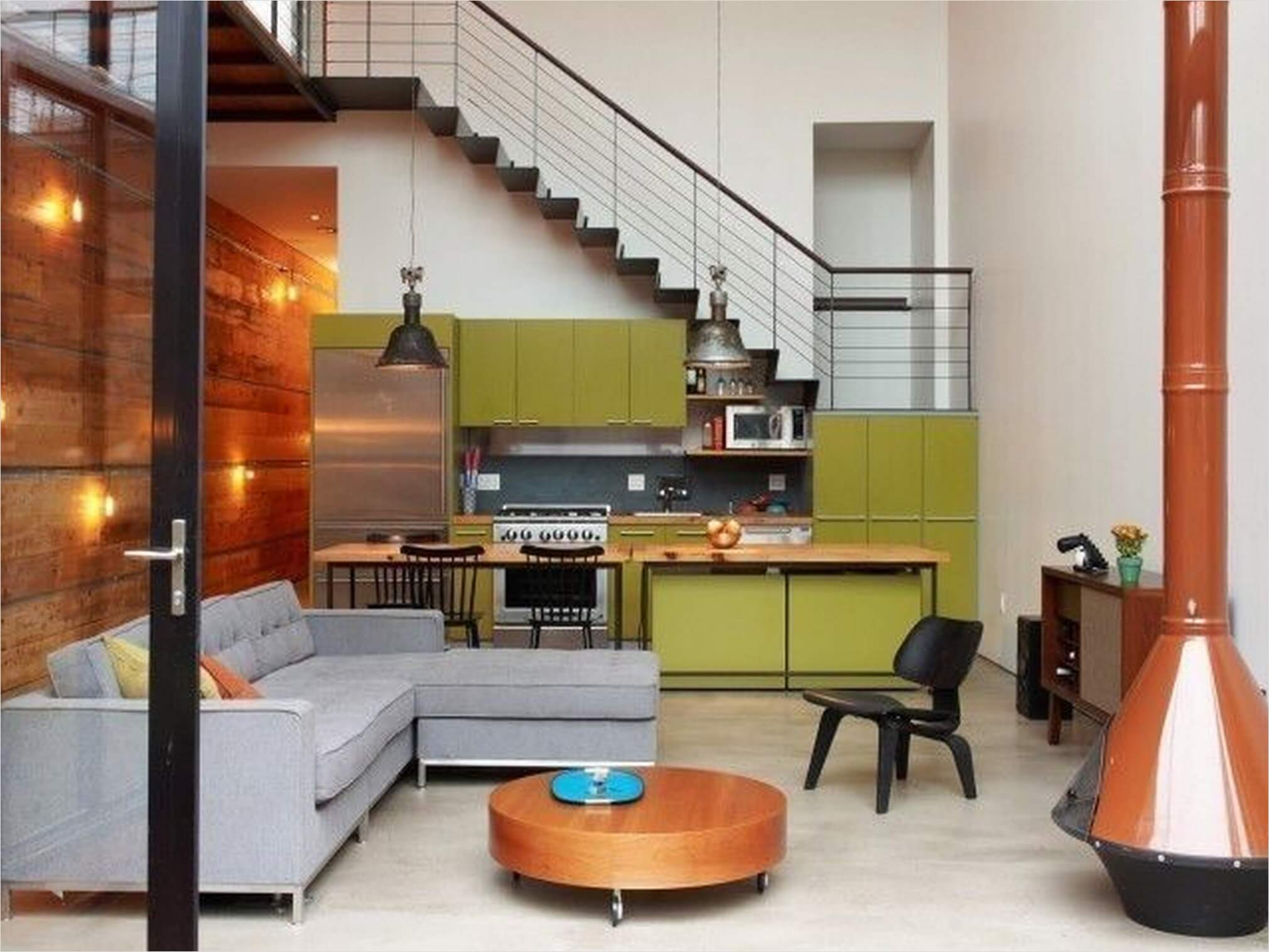
Introduction
In today's world, where space is becoming increasingly limited, small house interior design has gained immense popularity. With smart and innovative ideas, you can transform even the tiniest spaces into functional and aesthetically pleasing homes. This article will guide you through various aspects of small house interior design, offering tips, tricks, and inspiration to make the most of your compact living space.

Maximizing Natural Light
One of the key elements of small house interior design is maximizing natural light. It not only makes the space appear brighter and more spacious but also has a positive impact on our mood and well-being. To achieve this, consider using sheer curtains or blinds that allow light to pass through while maintaining privacy. Additionally, placing mirrors strategically can help reflect light and create an illusion of a larger space.

Optimizing Storage Solutions
Storage is crucial in a small house, as clutter can quickly make the space feel cramped. Optimize storage solutions by utilizing every inch of available space. Consider built-in shelves, under-bed storage, and wall-mounted cabinets to maximize vertical space. Additionally, multi-functional furniture, such as ottomans with hidden storage or beds with drawers, can help save space and keep your belongings organized.

Utilizing Clever Furniture Arrangement
Clever furniture arrangement plays a significant role in small house interior design. It's important to create a sense of flow and avoid blocking pathways. Choose furniture that serves multiple purposes, such as a dining table that can double as a workspace or a sofa bed for accommodating guests. Additionally, consider using furniture with exposed legs to create an illusion of openness in the room.

Color Palette and Visual Illusions
The right color palette can greatly impact the perception of space in small house interior design. Opt for light and neutral colors, such as whites, creams, and pastels, as they reflect light and create an airy atmosphere. Avoid using dark colors on walls, as they tend to make the space feel smaller. Additionally, incorporating vertical stripes or patterns can create a visual illusion of height, making the ceiling appear higher.

Utilizing Vertical Space
In small house interior design, utilizing vertical space is essential. Consider installing floor-to-ceiling shelves or bookcases to maximize storage while drawing the eye upward, creating an illusion of a taller space. Hang curtains higher than the window frame to make the room appear larger. Additionally, use wall-mounted hooks or racks for hanging items, such as coats or bags, to free up valuable floor space.

Creating Open Floor Plans
Open floor plans are ideal for small house interior design as they create a sense of spaciousness and allow natural light to flow throughout the space. Consider removing unnecessary walls or using partition walls that allow light to pass through, such as glass or perforated screens. This not only visually enlarges the area but also promotes social interaction and flexibility in using the space.

Adding Mirrors for Depth
Mirrors are powerful tools in small house interior design. They reflect light, create an illusion of depth, and make the space appear larger than it actually is. Place mirrors strategically opposite windows or in narrow hallways to create a sense of openness. You can also use mirrored furniture or mirrored accent pieces to add a touch of elegance while amplifying the feeling of spaciousness.

Incorporating Smart Technology
Smart technology can greatly enhance small house interior design by maximizing convenience and efficiency. Consider installing smart lighting systems that can be controlled remotely or through voice commands. Use smart thermostats and energy-efficient appliances to save space and reduce energy consumption. Additionally, smart storage solutions with built-in sensors and automated features can help keep your small home organized and clutter-free.

Creating Illusions with Lighting
Lighting plays a crucial role in small house interior design, as it can create illusions and set the mood. Incorporate a combination of ambient, task, and accent lighting to enhance different areas of the space. Use recessed or track lighting to highlight specific architectural features or artwork. Additionally, consider installing wall sconces or pendant lights to free up valuable surface space and create a cozy atmosphere.

Conclusion
Small house interior design requires creativity, strategic planning, and a focus on maximizing space. By incorporating the tips and ideas mentioned in this article, you can transform your compact living space into a functional, stylish, and inviting home. Embrace the challenges of small house design and let your creativity flourish to create a space that reflects your personal style and meets your everyday needs.